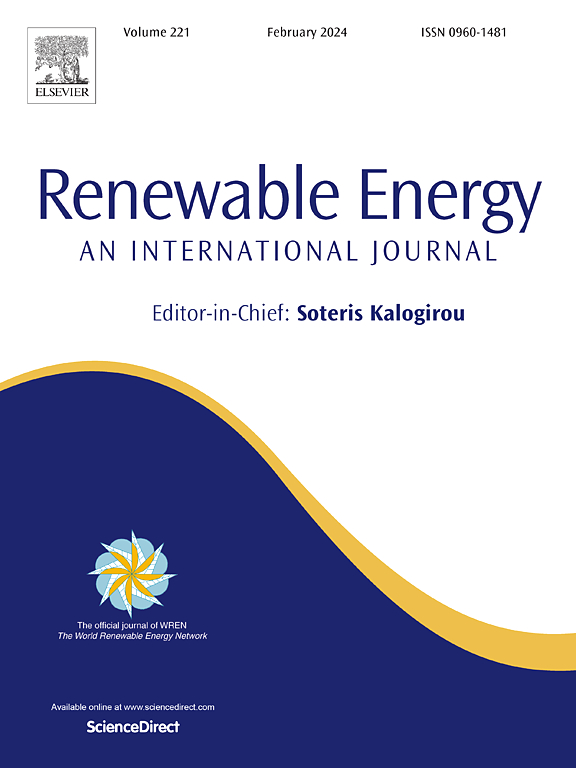EnergyGPT:用于多能源负荷预测的微调大语言模型
IF 9
1区 工程技术
Q1 ENERGY & FUELS
引用次数: 0
摘要
多能源负荷预测在综合能源系统的战略管理和运行规划中起着至关重要的作用。然而,信息系统固有的复杂性和高动态性给相关特征之间的耦合关系建模和设计有效的预测模型带来了重大挑战。传统的特征相关分析统计方法难以揭示特征序列之间的动态相关性,经典的数据驱动机器学习方法用于多能负荷预测缺乏泛化能力。为了解决这些问题,受到预训练大型模型在特定任务中的成功应用的启发,本文将大型语言模型(LLM)引入能源领域,并提出了一种基于GPT2的新型多能负荷预测模型,称为EnergyGPT,该模型利用在大规模文本流语料库上训练的LLM的知识和能力来提高多能负荷预测的泛化和性能。此外,EnergyGPT采用动态自关注模块来调整顺序特征的重要性。根据亚利桑那州立大学在线平台提供的坦佩校区的真实负荷数据,对拟议的EnergyGPT进行了评估,并与一套最新的负荷预测方法进行了比较。实验结果表明,EnergyGPT在4个季节的性能均优于所有对比,验证了EnergyGPT的有效性,显示了大型模型跨域应用的潜力。本文章由计算机程序翻译,如有差异,请以英文原文为准。
EnergyGPT: Fine-tuning large language model for multi-energy load forecasting
Multi-energy load forecasting plays a pivotal role in strategy management and operational planning in integrated energy systems (IESs). However, the inherent complexity and high dynamicity of IESs bring significant challenges, including modeling the coupling relationships between relevant features and designing effective forecasting models. The traditional statistical methods for feature correlation analysis struggle to reveal the dynamic correlation of feature sequences, and the classic data-driven machine learning methods for multi-energy load forecasting suffer from a lack of generalization. To address these issues, inspired by the successful applications of pre-trained large models in specific tasks, this paper introduces a large language model (LLM) into the energy field and proposes a novel multi-energy load forecasting model based on GPT2, called EnergyGPT, which utilizes the knowledge and capabilities of LLMs trained on a massive text stream corpus to enhance generalization and performance in multi-energy load forecasting. Additionally, EnergyGPT adopts a dynamic self-attention module to adjust the importance of sequential features. The proposed EnergyGPT is evaluated on the real load data from the Tempe campus provided by Arizona State University’s online platform, compared with a set of the latest load forecasting methods. The experimental results show that EnergyGPT outperforms all the comparisons with the best performance in four seasons, which validates the effectiveness of EnergyGPT and shows the potential of large models for cross-domain applications.
求助全文
通过发布文献求助,成功后即可免费获取论文全文。
去求助
来源期刊

Renewable Energy
工程技术-能源与燃料
CiteScore
18.40
自引率
9.20%
发文量
1955
审稿时长
6.6 months
期刊介绍:
Renewable Energy journal is dedicated to advancing knowledge and disseminating insights on various topics and technologies within renewable energy systems and components. Our mission is to support researchers, engineers, economists, manufacturers, NGOs, associations, and societies in staying updated on new developments in their respective fields and applying alternative energy solutions to current practices.
As an international, multidisciplinary journal in renewable energy engineering and research, we strive to be a premier peer-reviewed platform and a trusted source of original research and reviews in the field of renewable energy. Join us in our endeavor to drive innovation and progress in sustainable energy solutions.
 求助内容:
求助内容: 应助结果提醒方式:
应助结果提醒方式:


